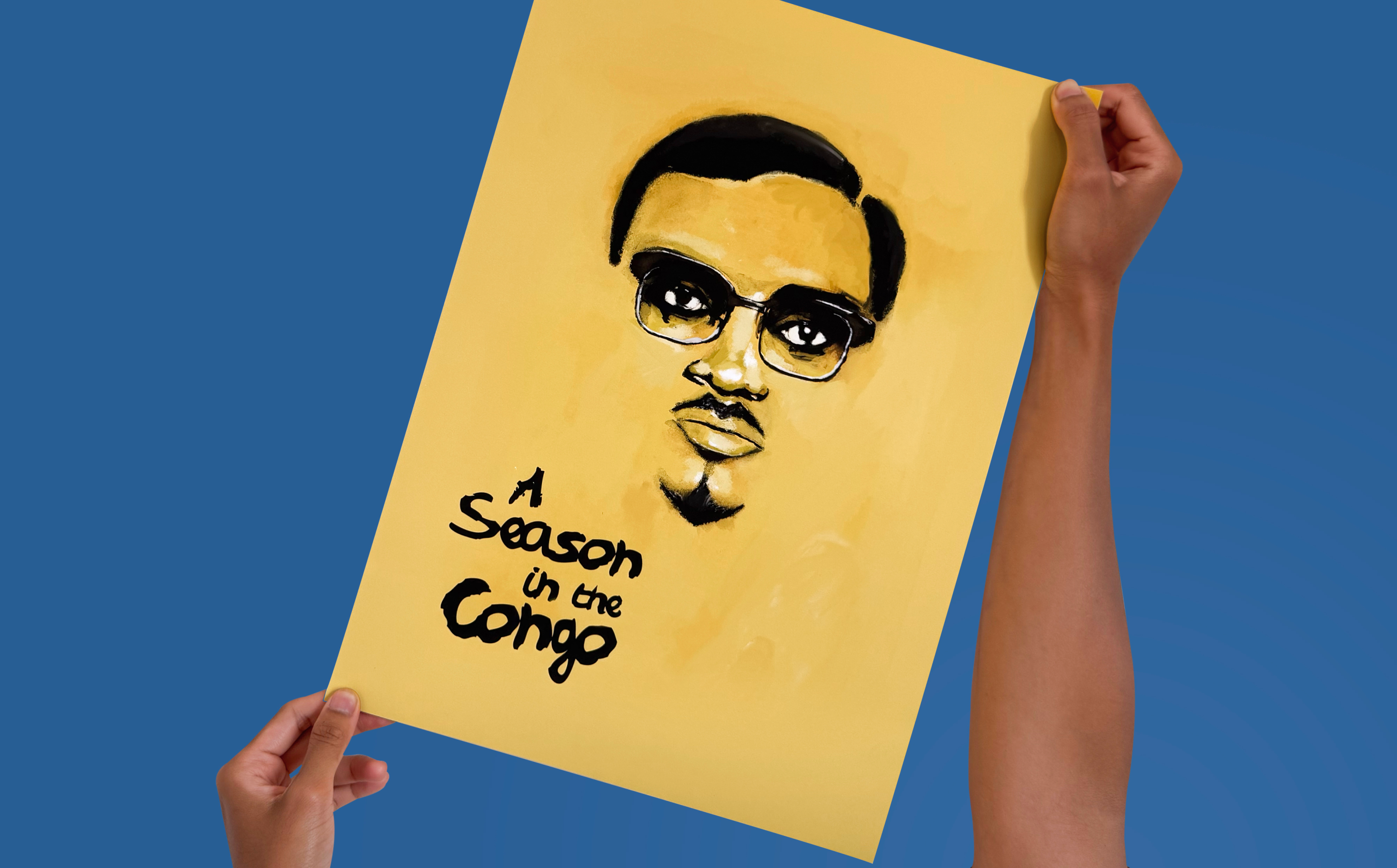

Indonesia Ministry of Tourism
In 2022 I travelled to the Indonesian island of Flores to work on an assignment for master weaver, Alfonsa Horeng, in conjunction with the Indonesia Ministry of Tourism. The brief was to visually document Alfonsa’s weaving co-operative (Lepo Lorun) and establish a narrative and story that would promote its unique characteristics to the world.
The photos featured at The UN Tourism Regional Conference on the Empowerment of Women and were also used by the Indonesia Ministry of Tourism to promote the stories of Indonesian women on social media. The project involved setting up and styling weaving stations in a variety of locations and as well as conducting interviews with the co-operative’s weavers. Below is the original photo essay and story.
Roles
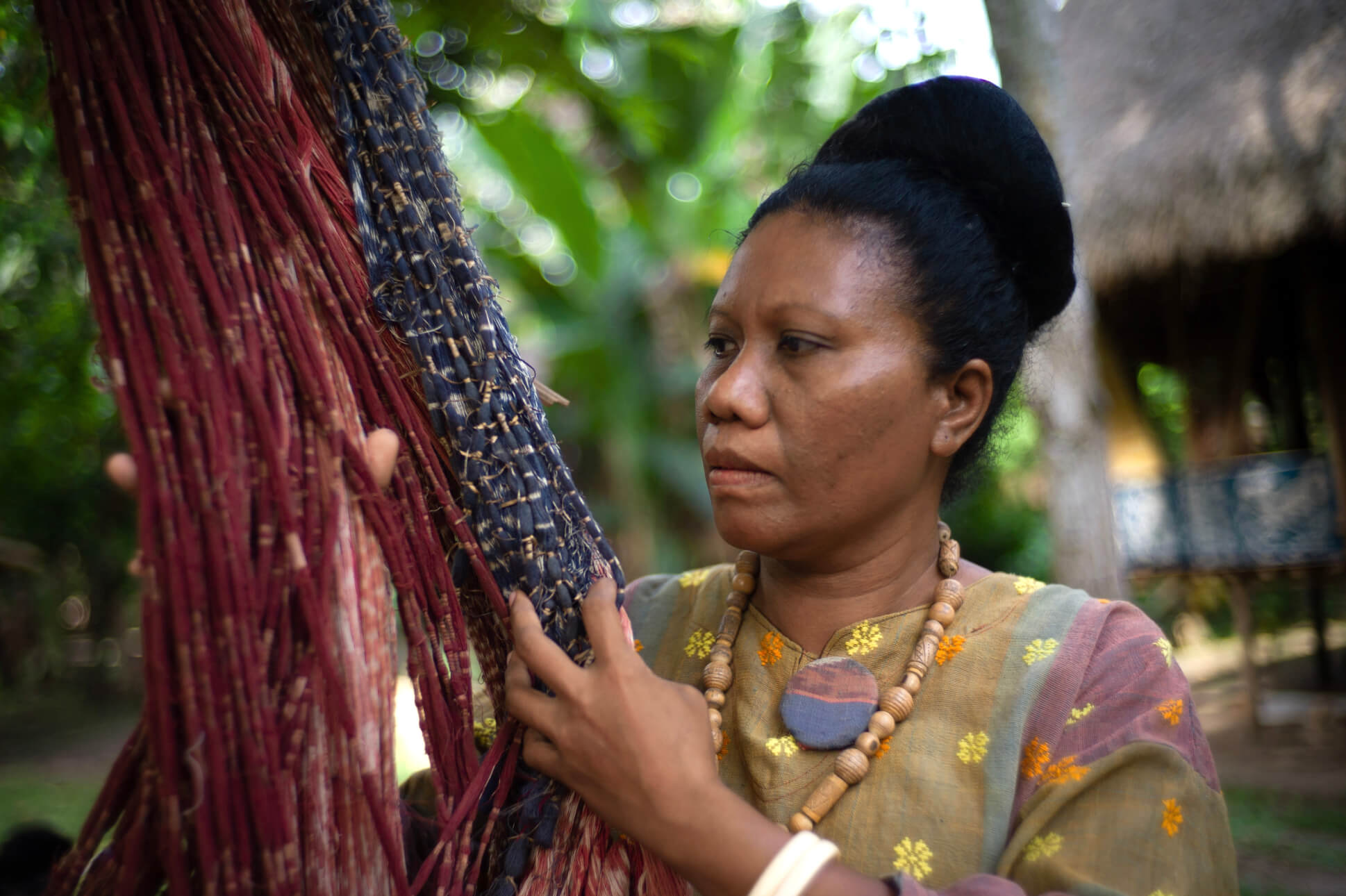
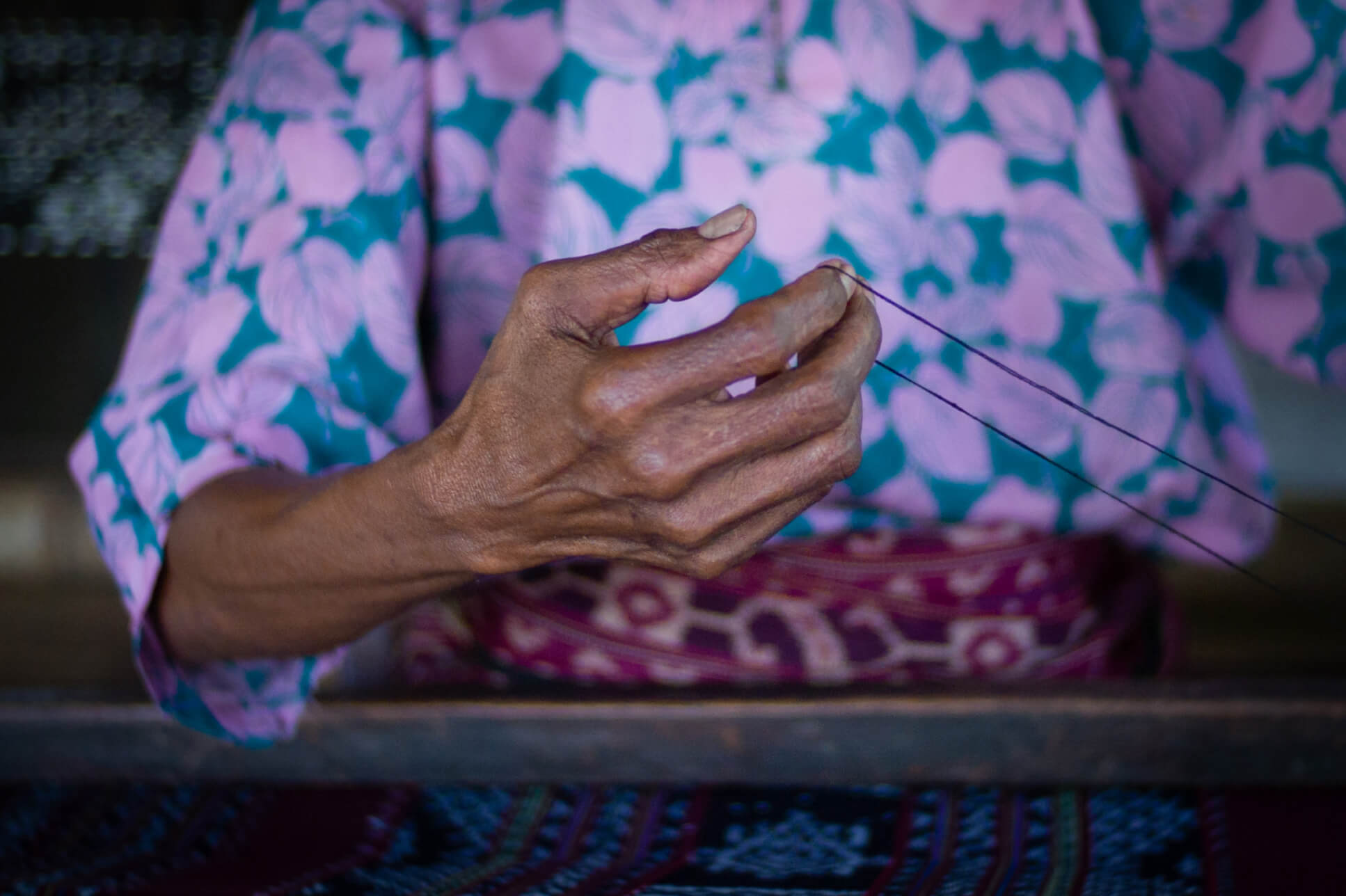
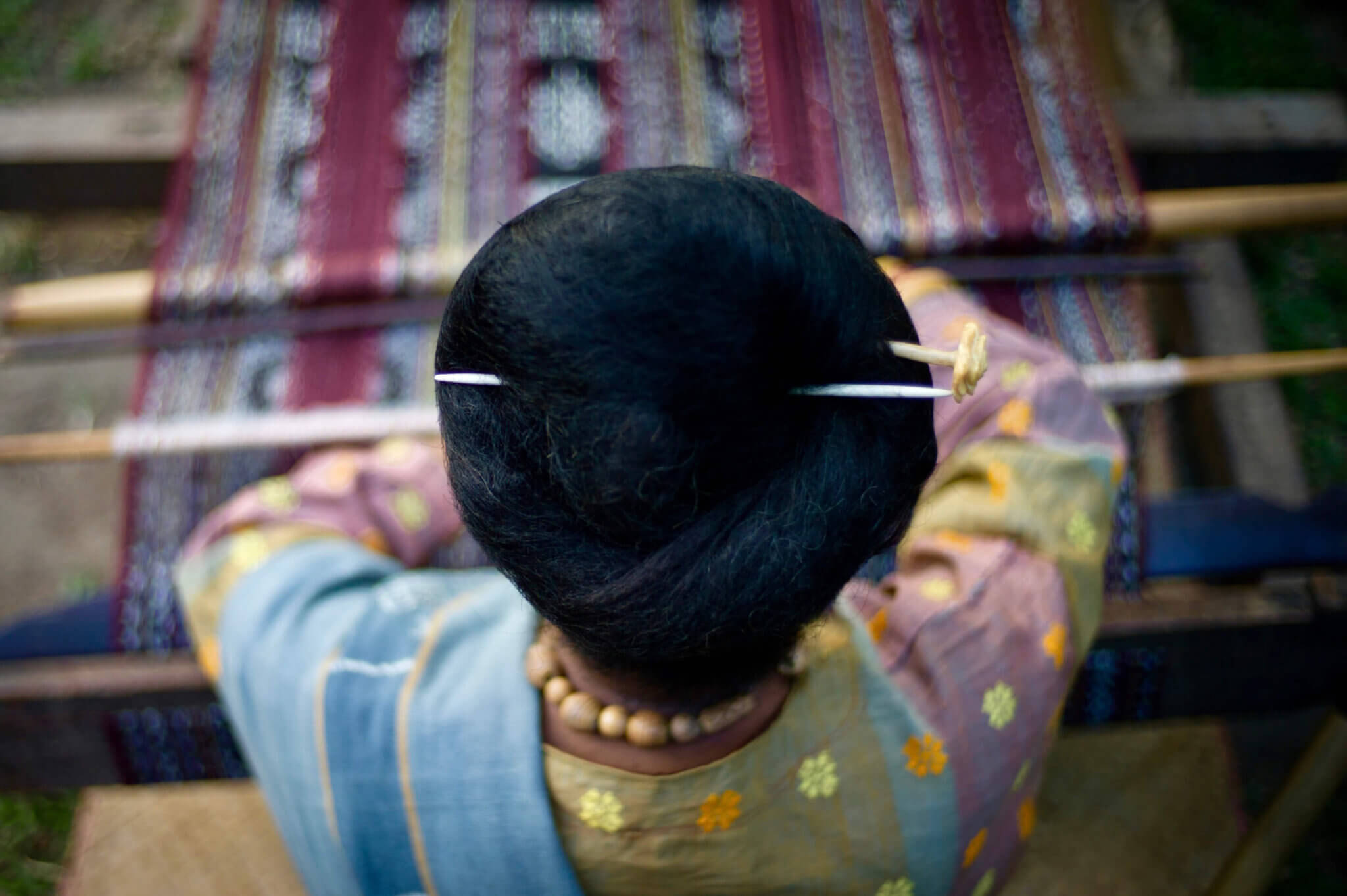
Weaving house
Lepo Lorun (meaning “weaving house” in Sikka) was set up in 2002 by master weaver Alfonsa Horeng. What began as a handful of local women coming together to preserve the heritage and tradition of Ikat weaving, has grown into a social enterprise of over 800 women weavers across 17 villages on the island of Flores.

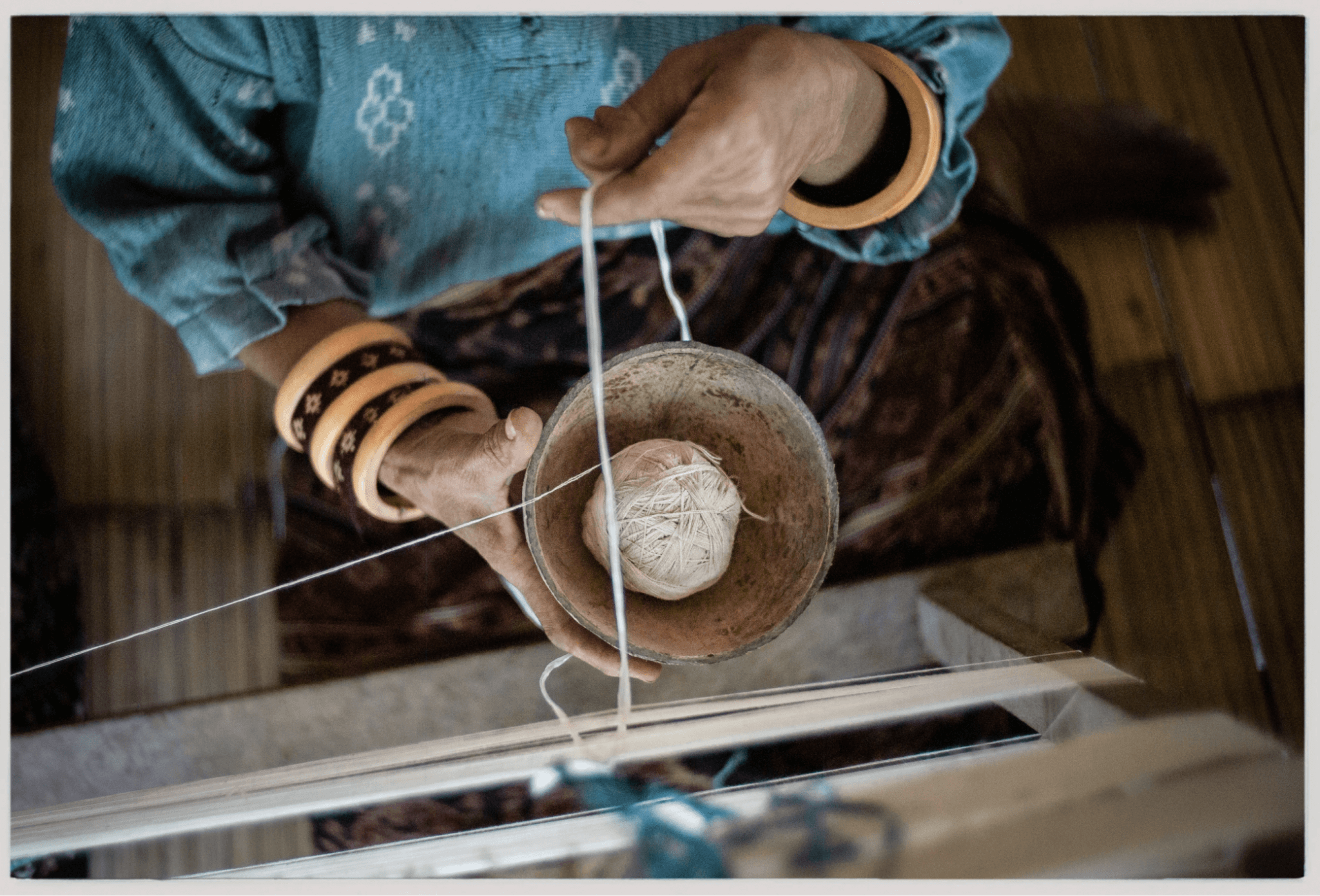
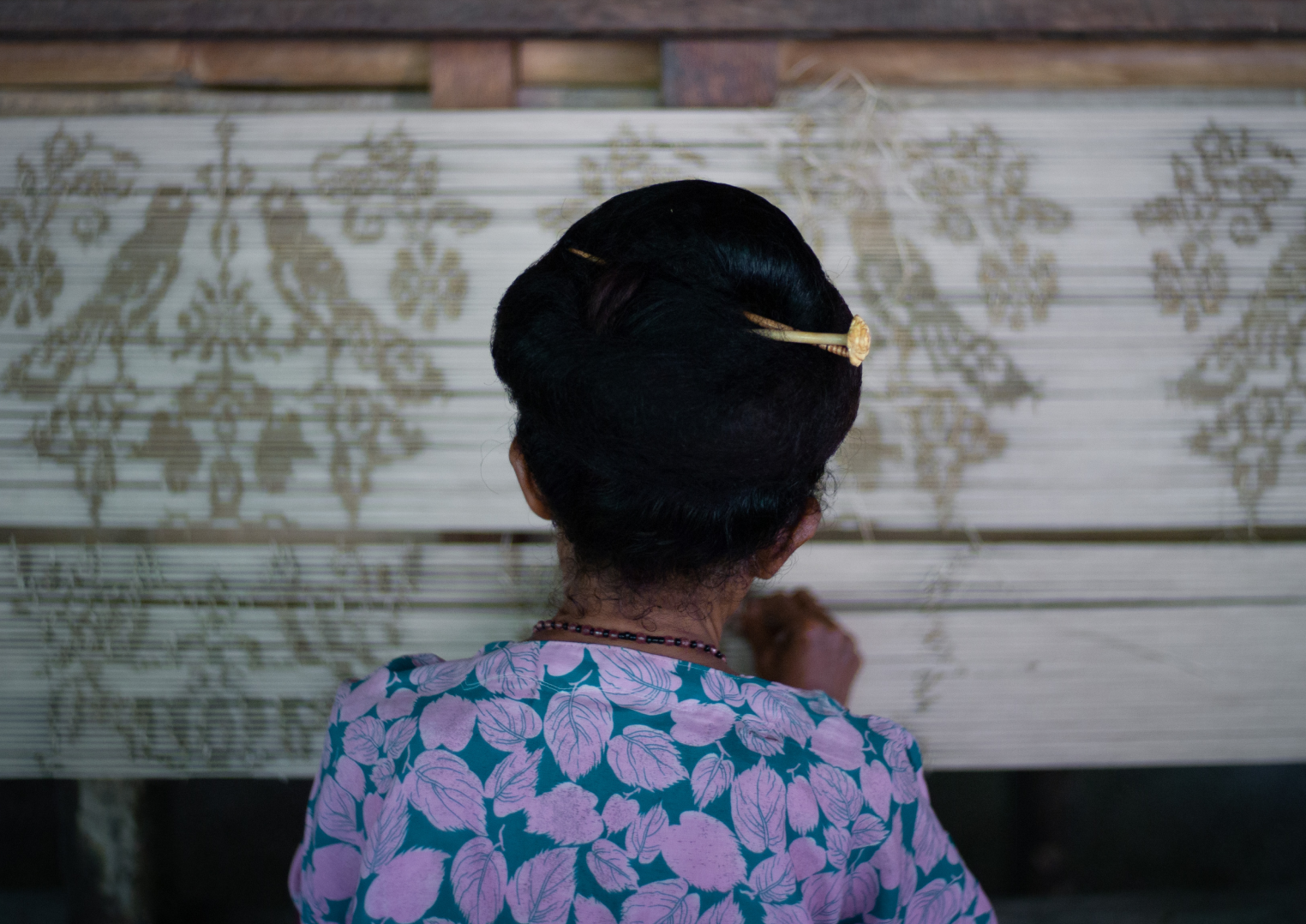
Social motive
While preservation of tradition, knowledge and culture is central to the mission, there is also a deep social motive at the heart of this co-operative, which seeks to empower its members and enhance their standing in the community. Lepo Lorun encourages highly skilled weavers to leave their menial day jobs by offering time and space for them to deepen their skills in weaving. Horeng describes the loss of identity these brilliantly skilled women can experience when they are reliant on their husbands to survive. ‘If these women are working at a club or restaurant all day and then going home to complete domestic duties, they are not getting time for themselves or weaving. Here they begin to meet their own needs’.
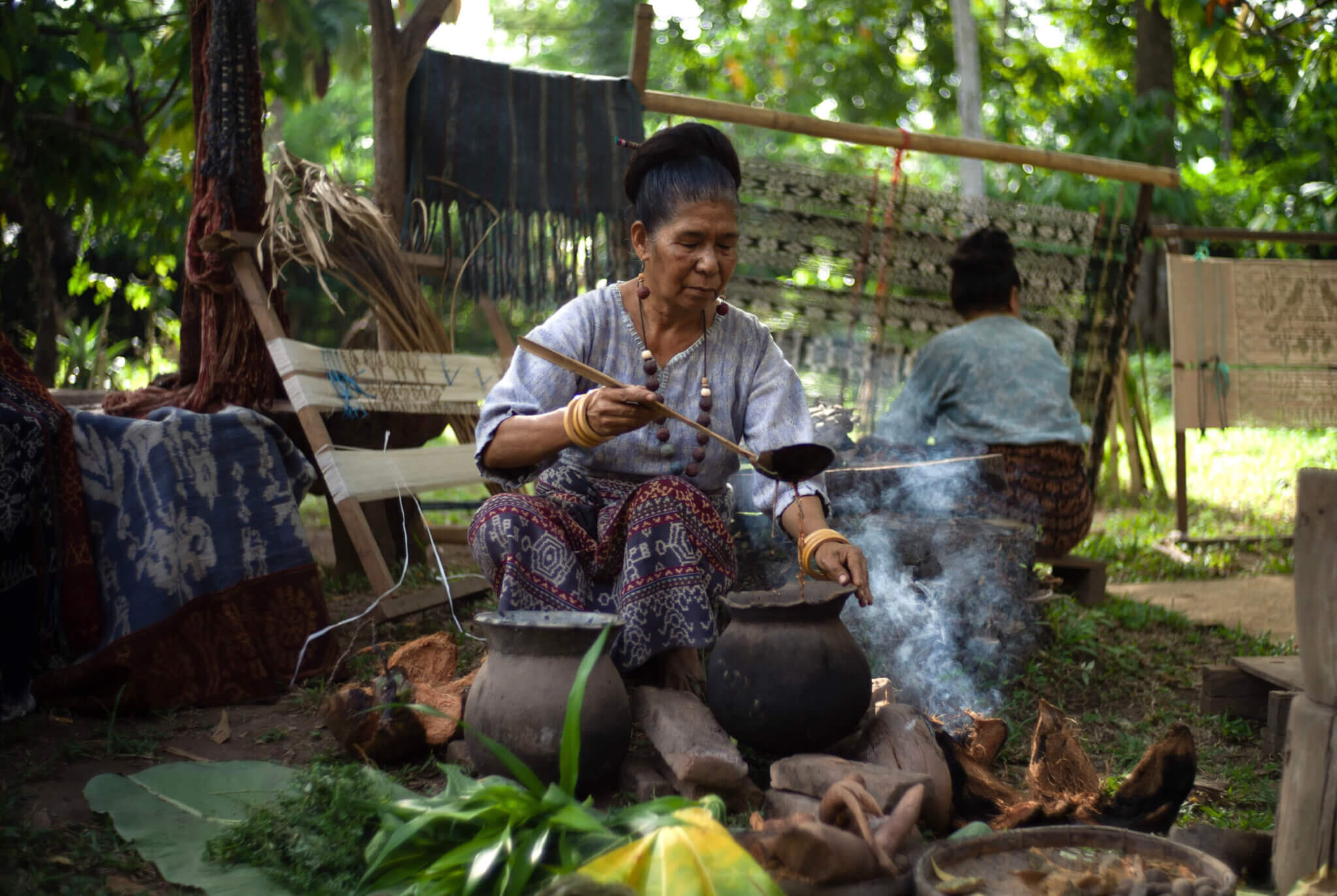
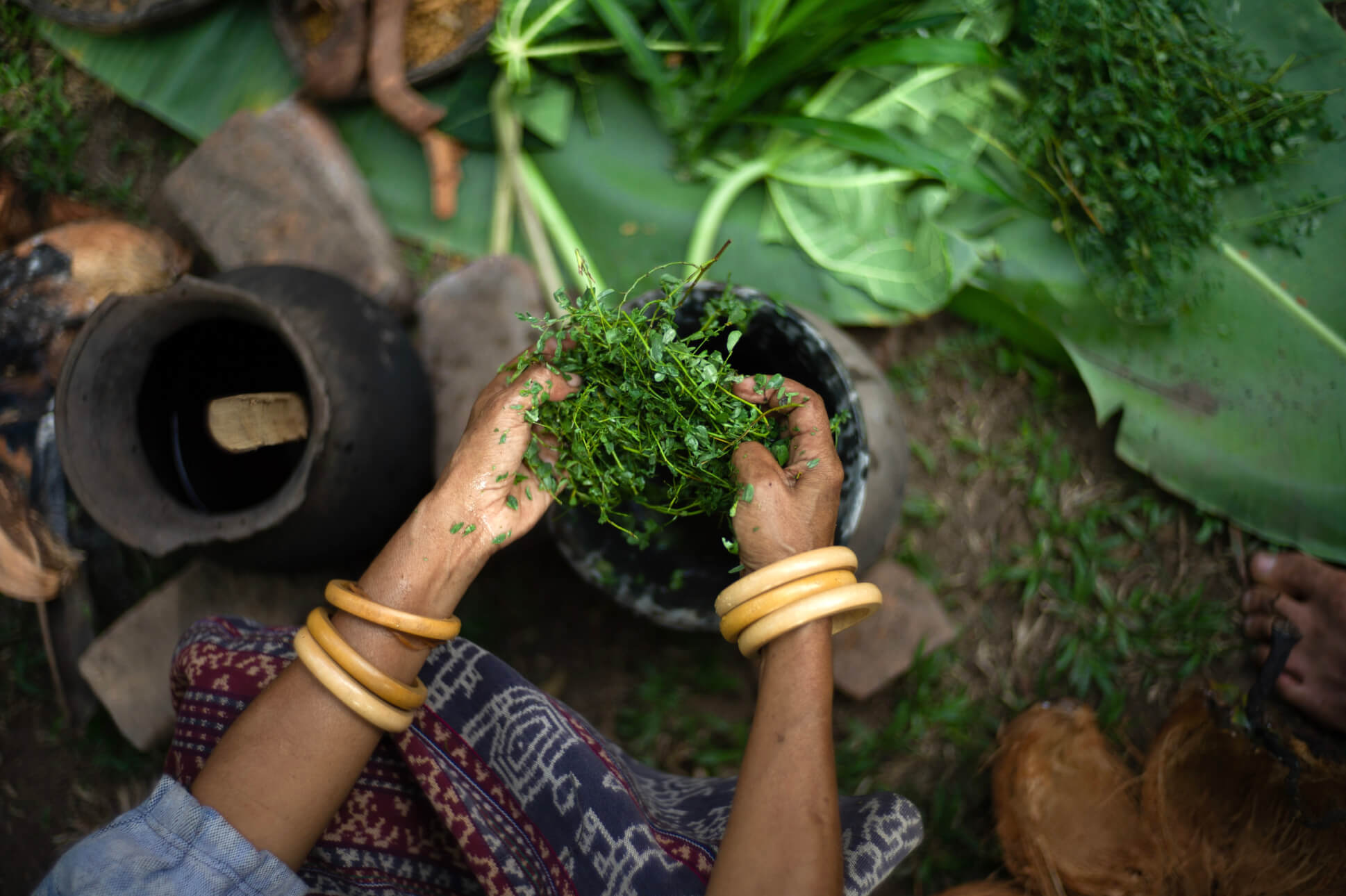

Sama-sama
There is a strong sense of belonging and community that is fostered among Lepo Lorun’s weavers. Sama-sama or socialisasi (socialisation) is key; bringing the women together to socialise, collaborate and work together. Women at Lepo Lorun have spoken of a sense of fulfilment that comes from weaving and being able to provide for their families when they previously could not.
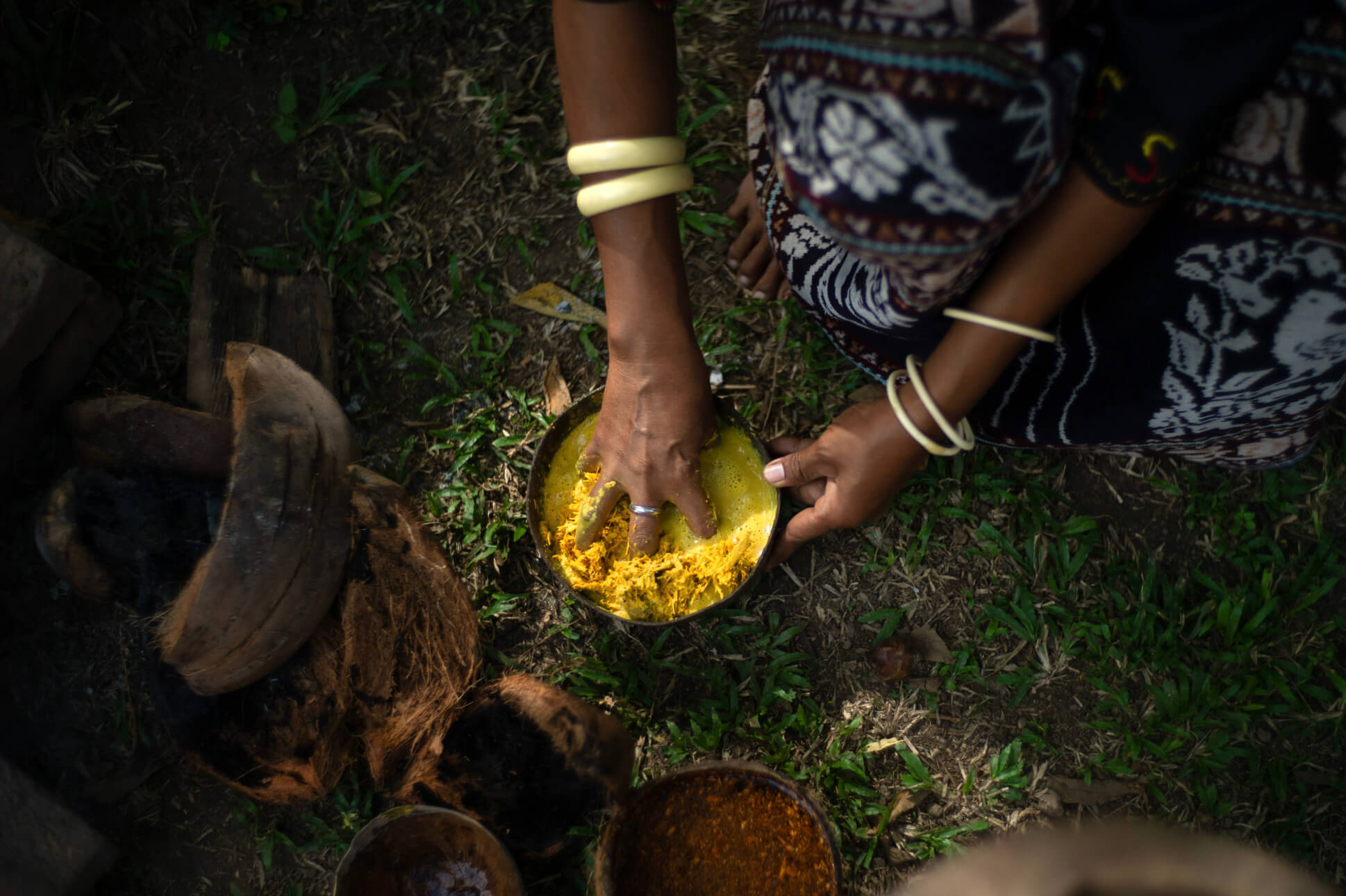
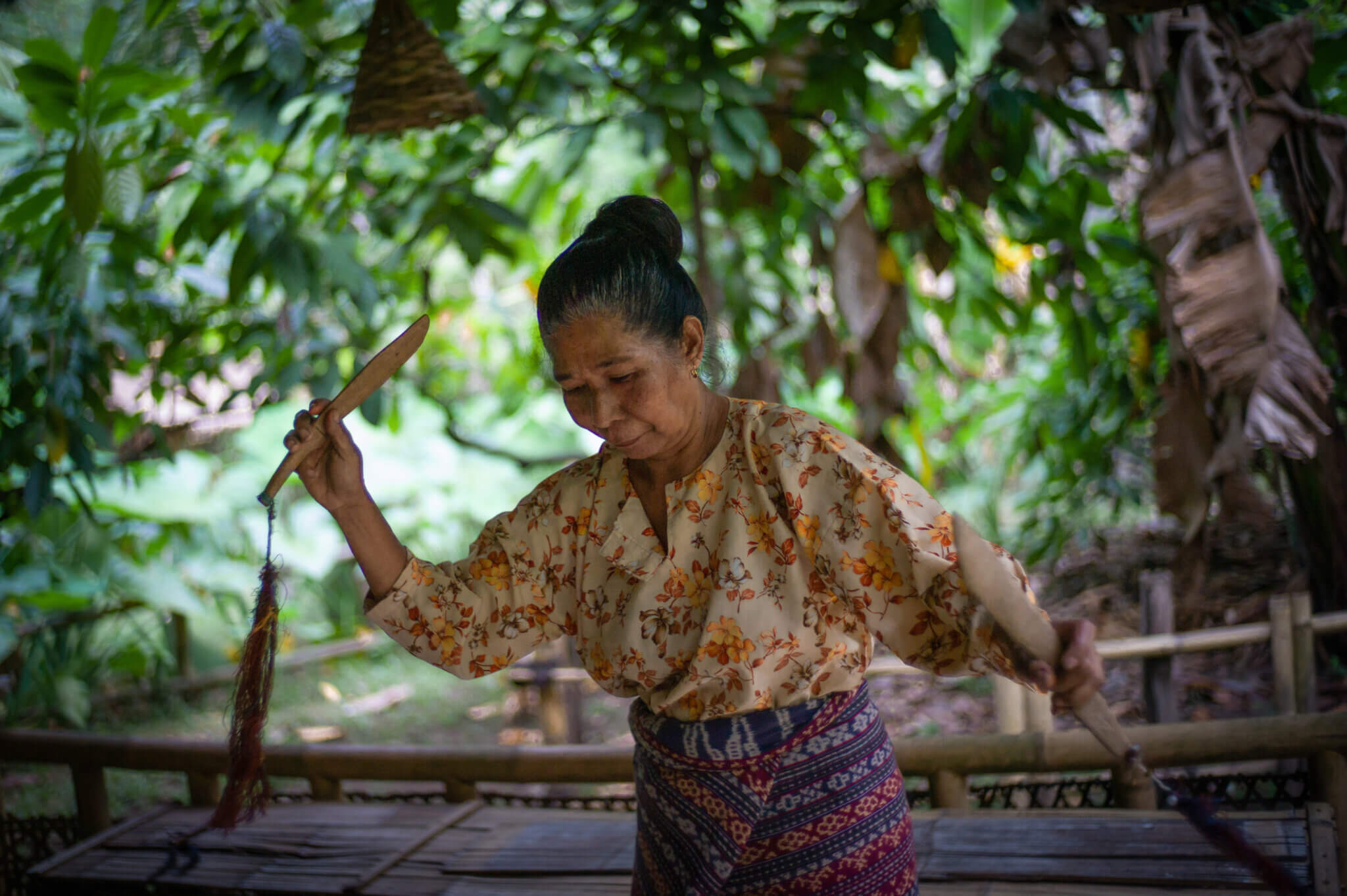
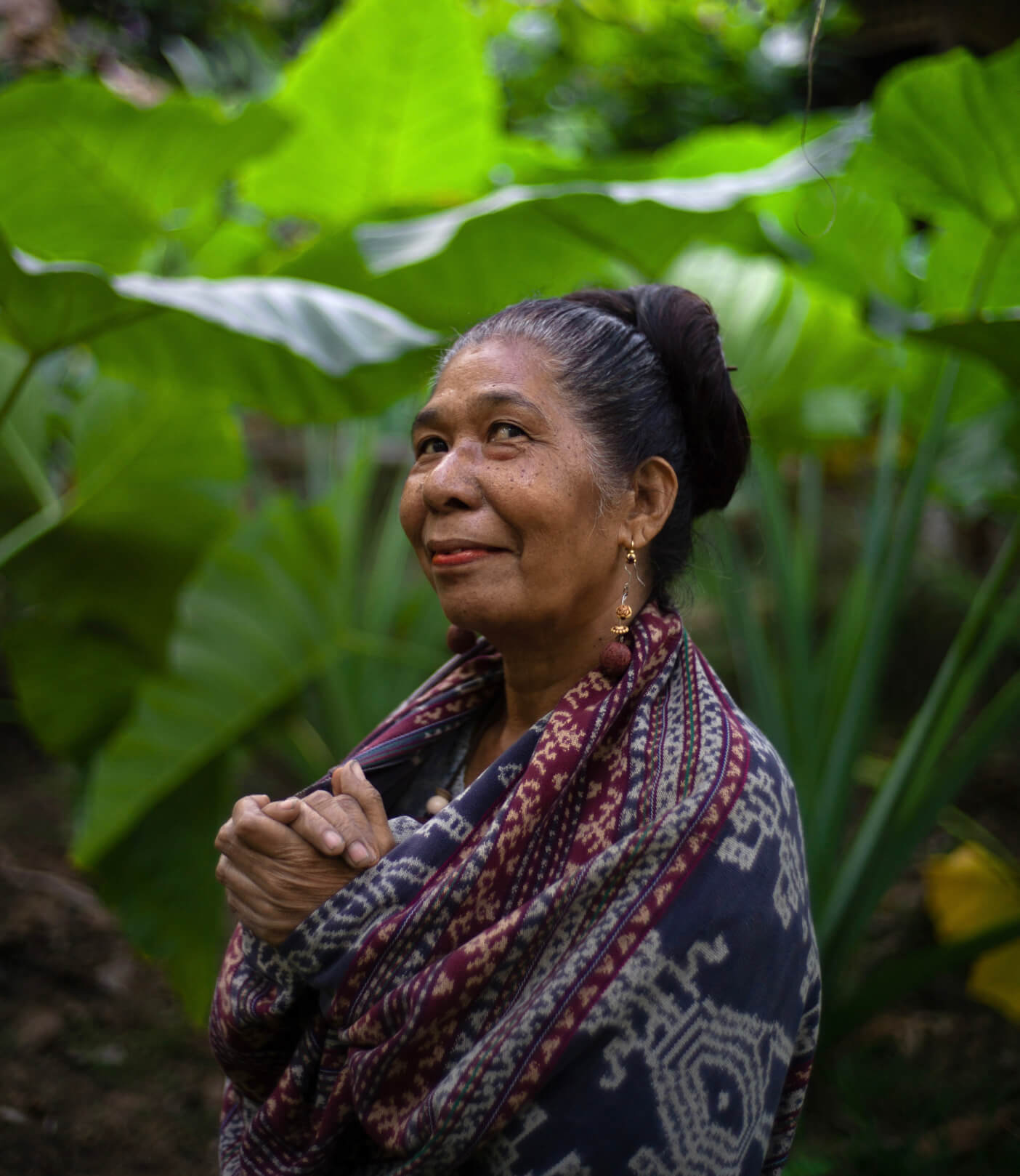
Economic empowerment
Horeng concedes there was initially reluctance among some women to branch out into the unknown of becoming a full-time weaver, but they eventually felt the benefits that came with the economic empowerment Lepo Lorun provided. ‘Our weavers brought money into their families, which led to a sense of fulfilment and enhanced status in the community’.

